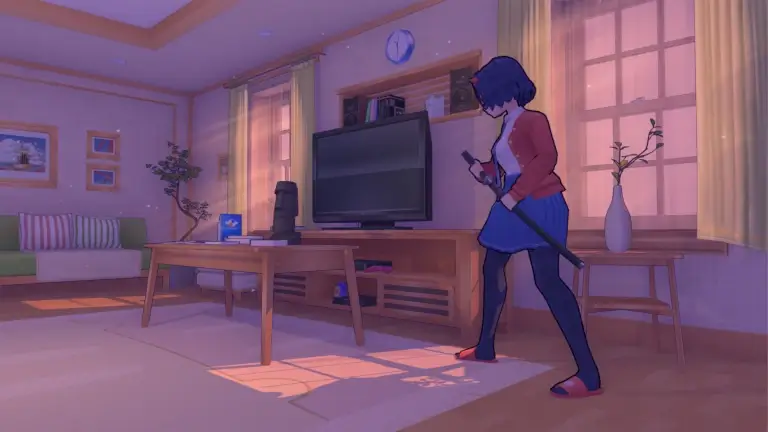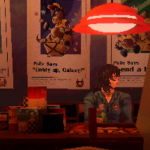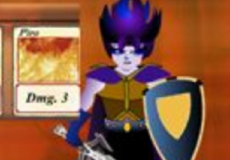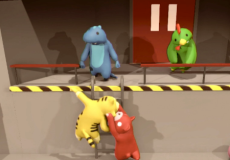

Hapunan
Advertisement
Hapunan is a short horror experience set in a quiet Filipino town that slowly turns unfamiliar. The player steps into the role of Niko, a local street vendor, who sets out on a seemingly routine task to get a permit signed. What begins as a simple errand evolves into something more unsettling, as the town’s hidden layers start to reveal themselves. The game focuses on slow discovery, cultural detail, and uneasy silence, creating tension without relying on fast pacing or graphic imagery.
Advertisement
Similiar games
Hapunan is a short horror experience set in a quiet Filipino town that slowly turns unfamiliar. The player steps into the role of Niko, a local street vendor, who sets out on a seemingly routine task to get a permit signed. What begins as a simple errand evolves into something more unsettling, as the town’s hidden layers start to reveal themselves. The game focuses on slow discovery, cultural detail, and uneasy silence, creating tension without relying on fast pacing or graphic imagery.
Exploration and Environmental Design
The structure of the game revolves around navigating dimly lit streets, modest homes, and civic buildings, all grounded in a distinctly local atmosphere. Players interact with the environment through close inspection and conversation, gradually piecing together the truth behind certain events. The town is alive with ambient sound and subtle detail, encouraging players to pay attention to their surroundings. Most of the game’s progress comes from observation and interpretation, not action.
Game Flow and Player Input
Hapunan does not use combat or traditional puzzles but instead relies on narrative branches and item-based interaction. Each choice made during conversations or while exploring affects the direction of the story. The game includes small-scale objectives, such as delivering documents or entering restricted areas, but these are often gateways to deeper narrative shifts rather than goals themselves.
Core mechanics featured in Hapunan:
· Free movement and first-person perspective
· Dialogue options that influence outcomes
· Use of inventory items to progress the story
· Multiple endings based on player decisions
· Ambient storytelling through visuals and sound
Artistic Approach and Tone
The visual presentation uses a minimalistic, retro 3D style reminiscent of early console games. Shadows and lighting create a sense of unease, while character models and animations maintain a stiff, uncanny quality. The soundscape is sparse but intentional—layers of distant chatter, insects, and shifting tones replace the need for a soundtrack. This design supports the game’s emotional tone, allowing tension to build naturally through space and silence.
Cultural Framing and Reception
Hapunan incorporates Filipino cultural references and folklore without explicitly naming them, letting players experience them through suggestion and implication. Its short length and branching paths make it accessible, yet replayable, with small discoveries changing the interpretation of events. The game has been recognized in indie circles for its authentic representation and stripped-back approach to horror, offering a personal narrative grounded in place rather than spectacle.
Discuss Hapunan




















